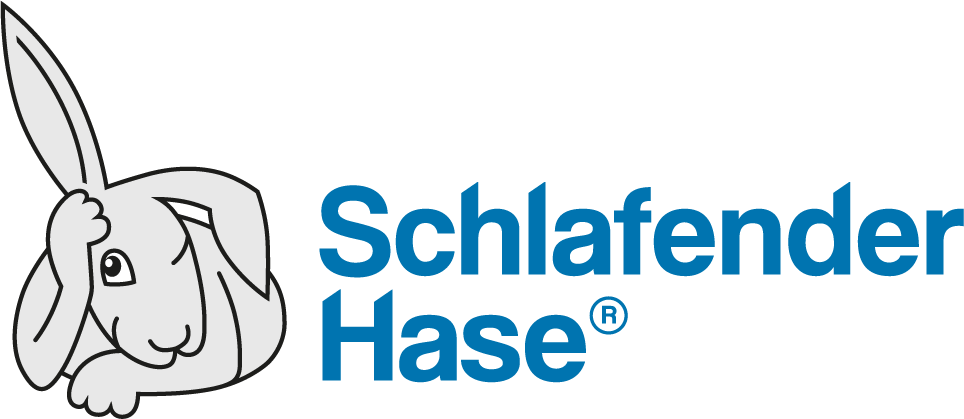Proofreaders are “the air traffic controllers of pharmaceutical labeling and packaging,” says Dr. Jutta Hohenhoerst, Regional Sales Director, Schlafender Hase. “They have to get it right, because the consequences can be far-reaching.” Here, we discuss common labeling errors that lead to pharmaceutical recalls, and that could’ve been avoided!
Proofreading errors occur where you least expect them
In the late 1990s, one of the world’s leading publishers of English travel guidebooks released a new edition of its Western Europe guide. The edition was duly researched, written, edited, proofread and printed. The books were being stacked on warehouse shelves when one warehouse employee, not quite believing his eyes, turned to another and asked how to spell “western”. A terrible mistake had been made: the “r” had been left out. The spine read Westen Europe.
It’s debatable whether the error really was discovered by two warehouse employees, but the publisher’s response turned an embarrassing situation into a positive one. Rather than pulp the 40,000 books already printed, the company included a bookmark with the edition, telling the story of the two employees.
A proofreading oversight on the spine of a book might be embarrassing but it is probably not life threatening. However, labeling mistakes on pharmaceutical products or a medical device are a completely different matter.
The burden of proofreading in regulated environments
“No one likes errors,” says Dr. Jutta Hohenhoerst. “And proofreaders in industries such as pharmaceuticals or medical devices face an enormous burden. Labeling errors may risk lives. And they also affect the viability of the business and its profitability, because recalls can be very costly. Obviously, technologies reduce the risk of labeling error recalls and take much of the risk out of proofreading tasks.”
She explains that these technologies are even more important in regulatory environments that are changing. Recent years have been challenging due to significant changes affecting labeling and packaging in the USA and Canada. In Europe, medical device companies had to complete updates for the transition to the European Union’s (EU) Medical Device Regulation (MDR). Brexit brought other challenges and change.

Dr. Hohenhoerst (above) points to some high profile pharmaceutical labeling recalls over past years, including one in which a Spanish company recalled a product because the leaflet stated that “pseudoephedrine is excreted in breastmilk, so this product should be taken during breastfeeding” instead of “should not be taken during breastfeeding.”
In another pharmaceutical labeling error, 56 lots of an asthma treatment sold in US retail outlets were recalled because the product carton label failed to include a range of information about when treatment should be stopped and a doctor consulted.
“In the course of our daily work, we see a range of different types of errors, and those in which figures are incorrect are among the most serious, as this potentially affects dosage. One common mistake is a completely missing character, so instead of 10 mg, a dosage might read 1 mg.
Dash it! A Class 1 recall
“Missing dashes are also very common. Instead of instructions to take a tablet 1-2 times a day, the patient is advised to take 12 tablets a day. The risk of potential overdose makes this a Class 1 recall, as there is immediate danger of death or serious injury. A vulnerable product can lose its efficacy if, for example, ‘Store at 1-4°C’ appears on a label as ‘Store at 14°C’. These are real examples seen in the pharmaceutical industry. Under some circumstances, ‘lactose tolerance’ (instead of ‘lactose intolerance’) might slip past even the most highly skilled professionals performing manual proofreading.”
Where on Earth is the United ‘Ningdom’
Some unexpected errors have been found while customers were being trained to implement TVT®. In one case, a customer spelled the ‘United Kingdom’ on a label as the ‘United Ningdom’. “It was embarrassing but a recall wasn’t necessary,” explains Dr. Jutta Hohenhoerst.
Not “not” again
“Duplication, such as repeating ‘not’, is another common mistake on product labels. At best, ’Do not not chew’ will only confuse patients, but the consequences can be more serious. And I can point to one instance of the wrong vaccine name being printed on a box before a company implemented TVT®.”
Text is just one area in which errors can occur. There are four general hidden risks for artwork errors: PDF conversion issues, reading order issues, hidden text, and problems with rasterized and vectorized text. In the latter case, the text has been completely or partially flattened into an image, which strips it of Unicode, the global standard that allows machines and software applications to accurately read text.
“No one likes to see a mistake,” Dr. Hohenhoerst says, “but everyone recognizes that manual proofreading does bring with it the risk of error. So when proofreaders are sitting in the ‘control tower’, TVT® proofreading software provides absolutely crucial support – and all the more so in times of change.”






